Tripods are beneficial, multifaceted pieces of equipment that every photographer needs. Most photographers would recommend you get one, regardless of your genre of photography.
We're going to discuss the benefits of using a tripod in photography and give you some tips on how to use a tripod for the best results.
What Is a Tripod?
If you're new to the world of photography, you might need a quick 101 on tripods before we jump into the ways they can assist you.
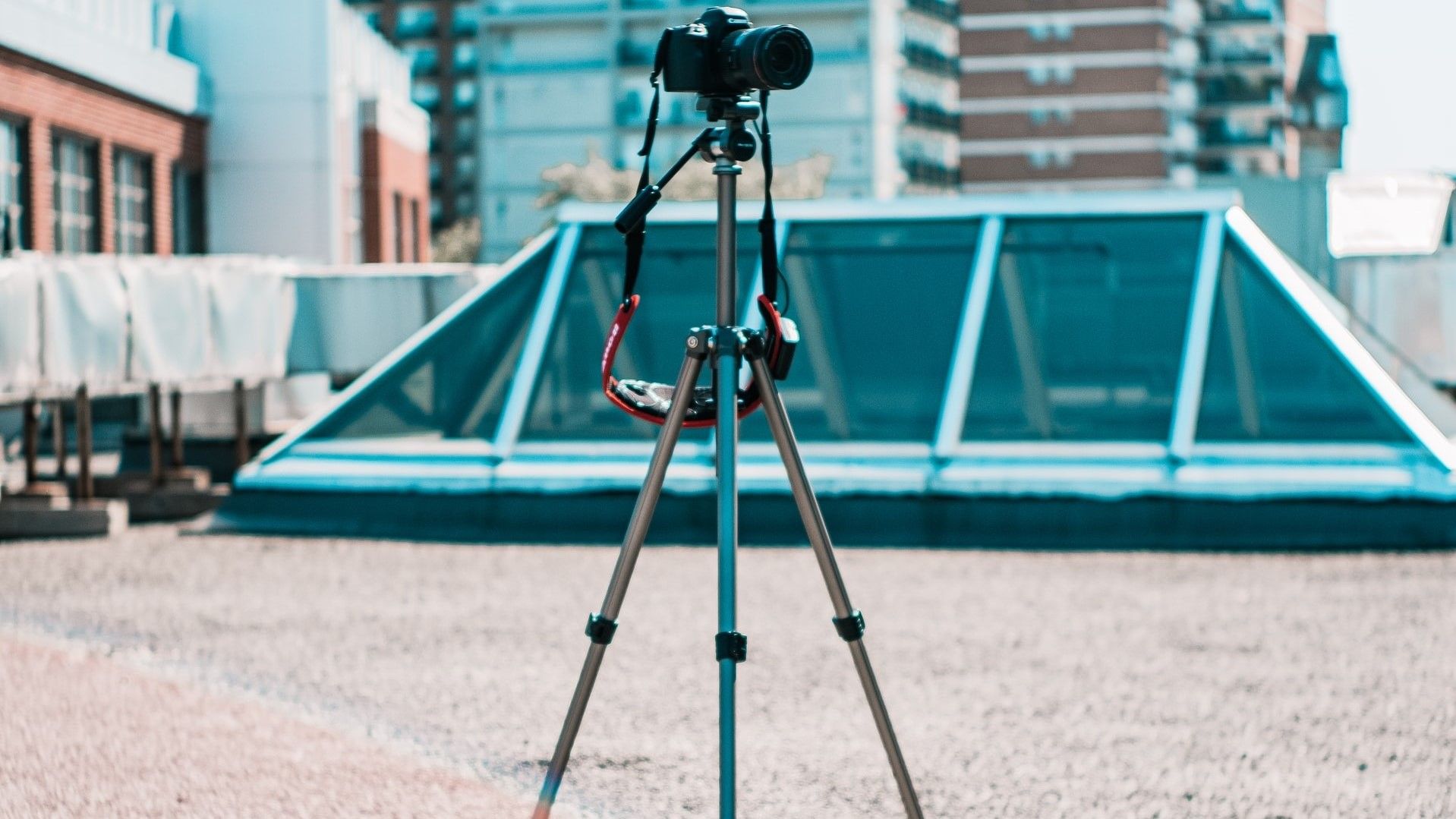
A tripod is a three-legged fixture with a mounted head that serves as a platform for an object—in photography, the object is a camera. Tripods provide stability, preventing a photograph from being shaky.
Tripods come in all sizes and materials, with various attachments and adjustment options. Aluminum tripods are affordable, but aren't the most stable option for shooting in strong winds. On the other hand, carbon tripods are more stable, but they might break the bank.
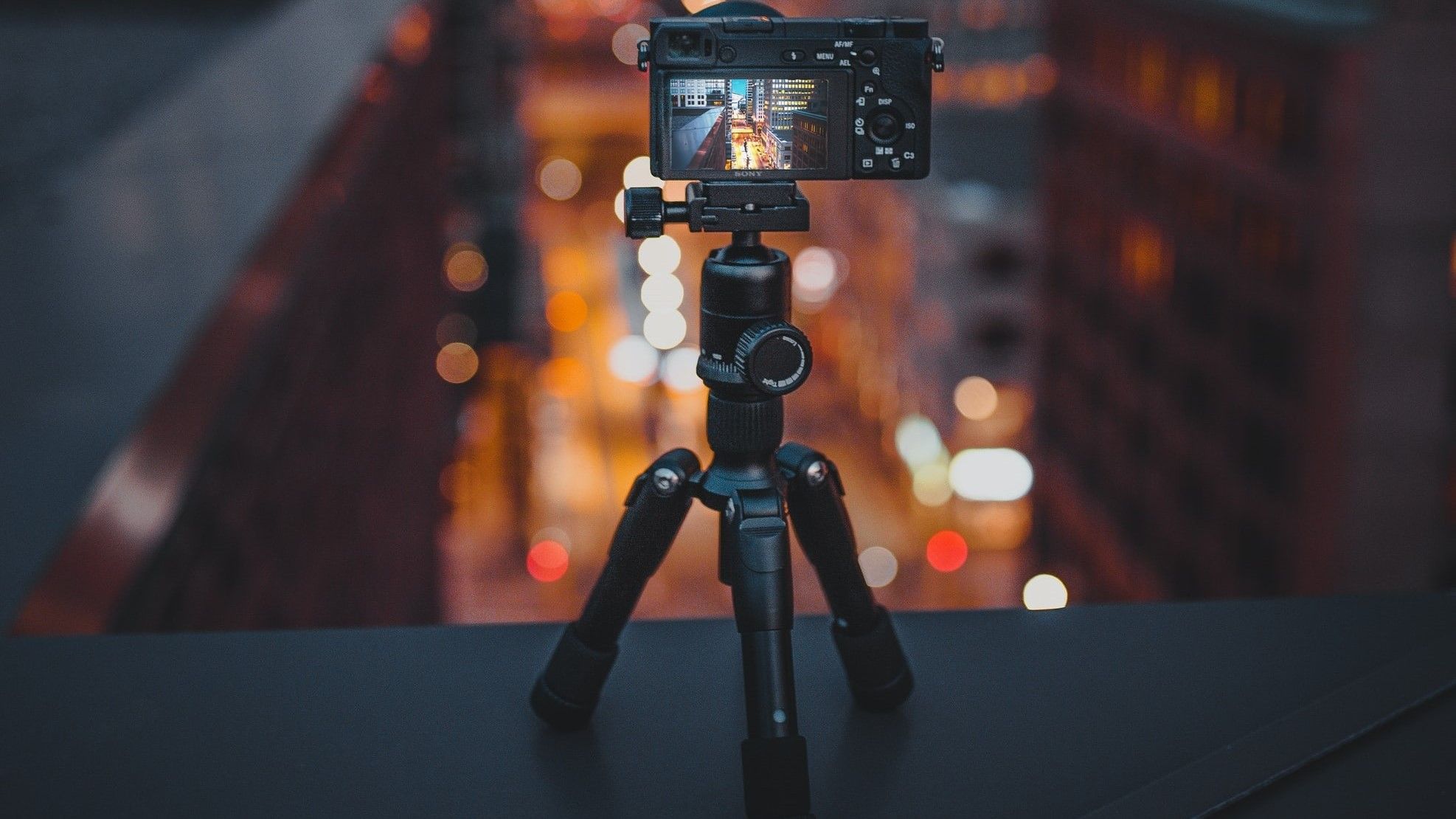
There are various types of tripod heads, which can be purchased separately. The head is where you attach the camera, so you can pan and tilt it with the tripod's control arms and knobs.
A tripod's legs and the center column can also be bought separately. You can adjust them for terrain, as well as to help get the composition and framing you want.
If you're in the market for a tripod after finishing this article, have a look at our tripod buyer's guide.
What Are the Benefits of Using a Tripod?
There are several benefits to using a tripod in photography, so let's jump right in.
1. Better Stability
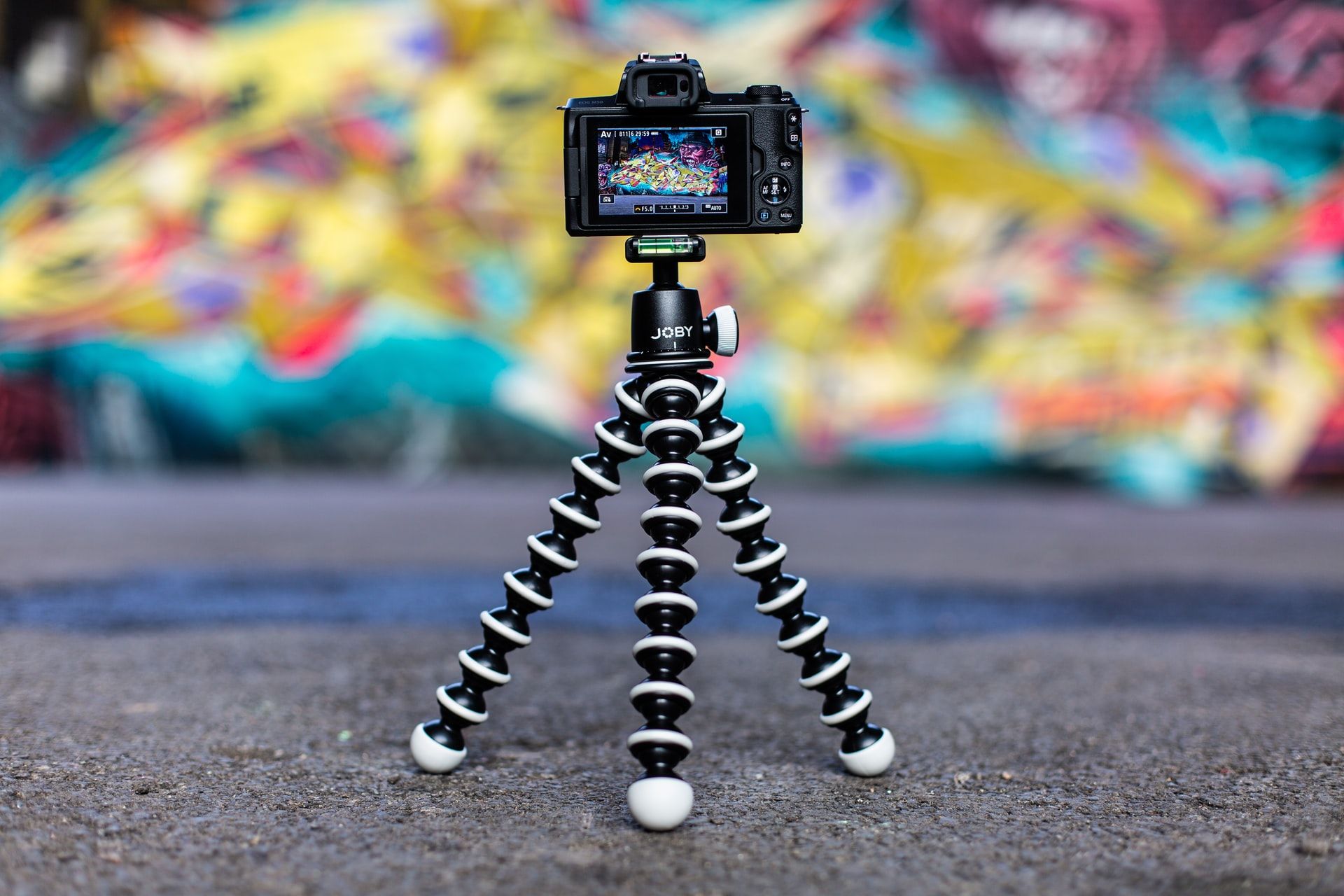
The primary reason why photographers use tripods is for stability. Stabilizing the camera is beneficial for various types of techniques, such as long-exposure, low-light photography, and HDR photography, which we'll discuss in further detail later on.
It prevents camera shake from the operator, lifting the load of physical labor that can result in shaky photographs, especially during a prolonged shoot. A tripod can also help withstand elements such as wind.
2. More Time and Flexibility for Composition
Setting up a tripod can be a lengthy process. It forces you to slow down, and therefore allows you more time to take in your surroundings and fiddle with the camera positioning. This can result in a more well-thought-out composition, which will make your photos look better.
3. Optimal for Low-Light Photography
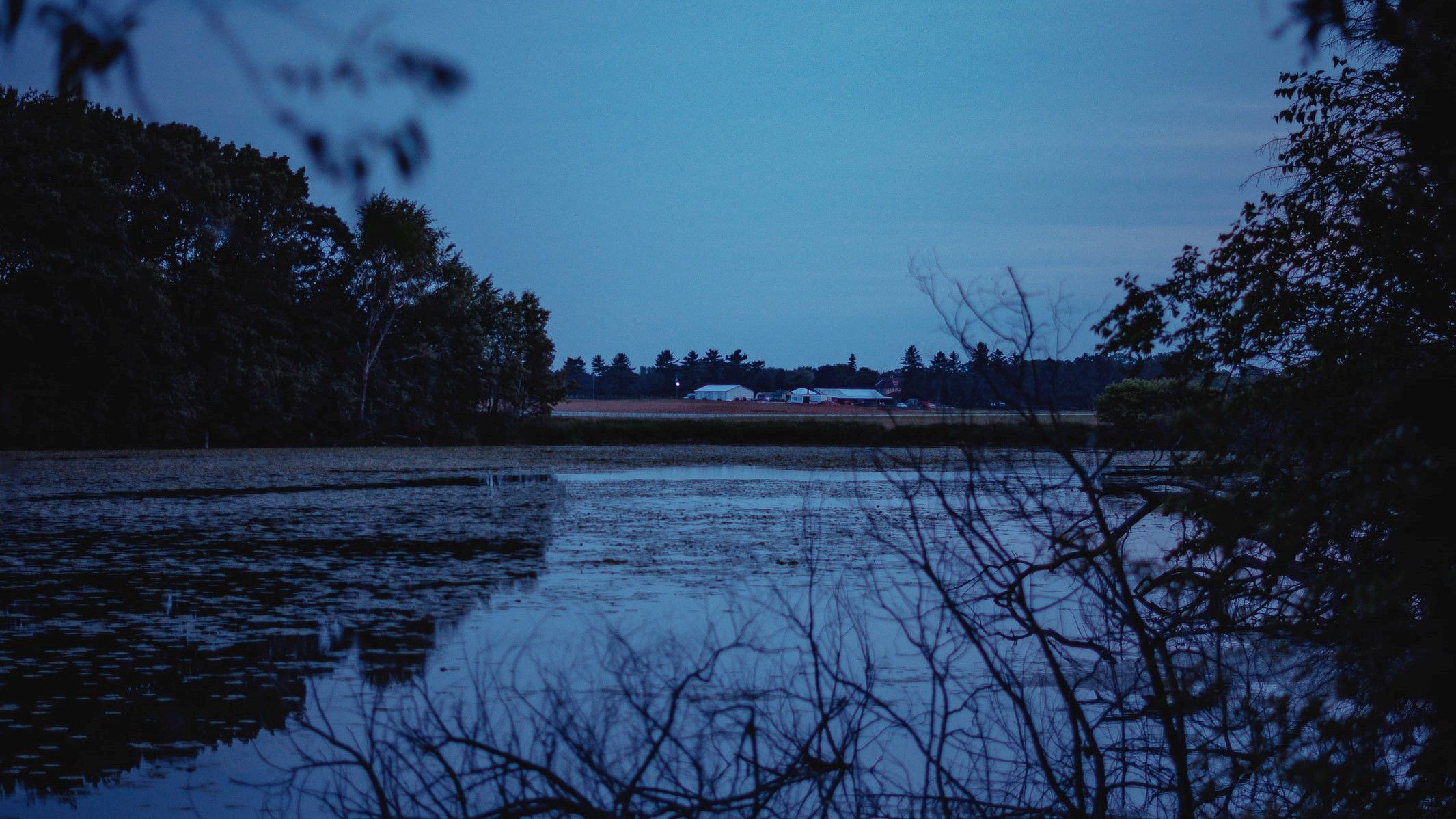
In order to get a good shot in a low-light setting such as blue hour or night photography, you'll have to get the right exposure. There are three tools at our disposal for controlling exposure, namely ISO, aperture, and shutter speed—also known as the exposure triangle.
When the atmosphere you're working in is darker, you'll want to capture as much light as possible. To do that, you can increase the ISO, but that will result in noisy/grainy images. Or you can widen the aperture, however, that will lead to a lack of depth of field. So you're left with using a slower shutter speed—and that's where a tripod will save the day.
To get a good shot with a slow shutter speed, the camera needs to be completely still, as even the slightest movement of your hand will cause a blurry image. Fixing the camera onto a tripod is the best way to prevent any kind of shakiness.
4. Essential for Long Exposure Settings
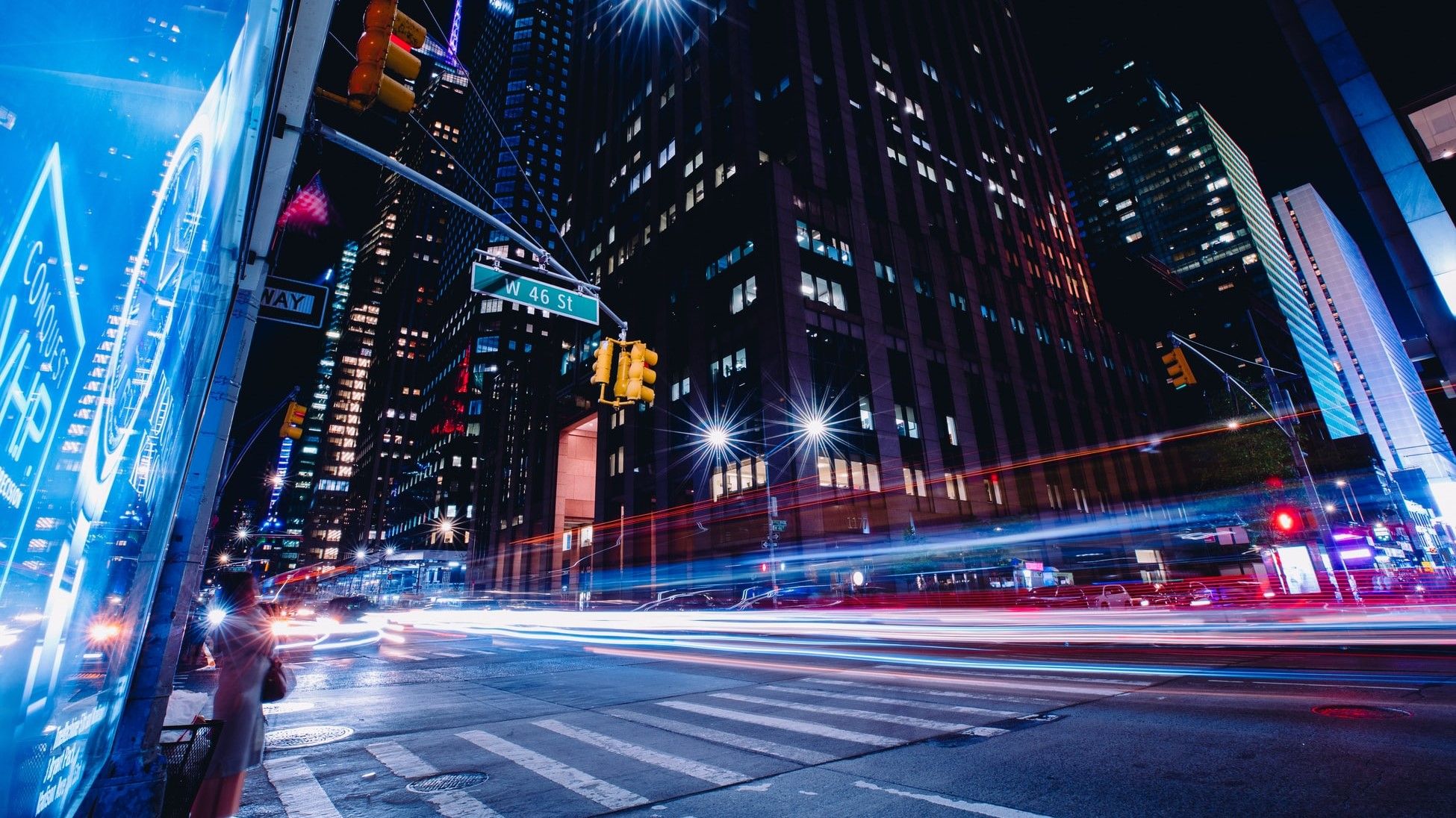
Long exposure means the camera's shutter is open for an extended period of time. It's also referred to as slow shutter speed, and allows more light into the lens over a longer period. If you want to capture movement, especially in low-light conditions, you'll need to use a slow shutter speed of at least several seconds or even minutes.
As we discussed in the section above, a slow shutter speed requires the camera to be totally still. You won't be able to hold the camera steady for that long, so a tripod is essential for this technique.
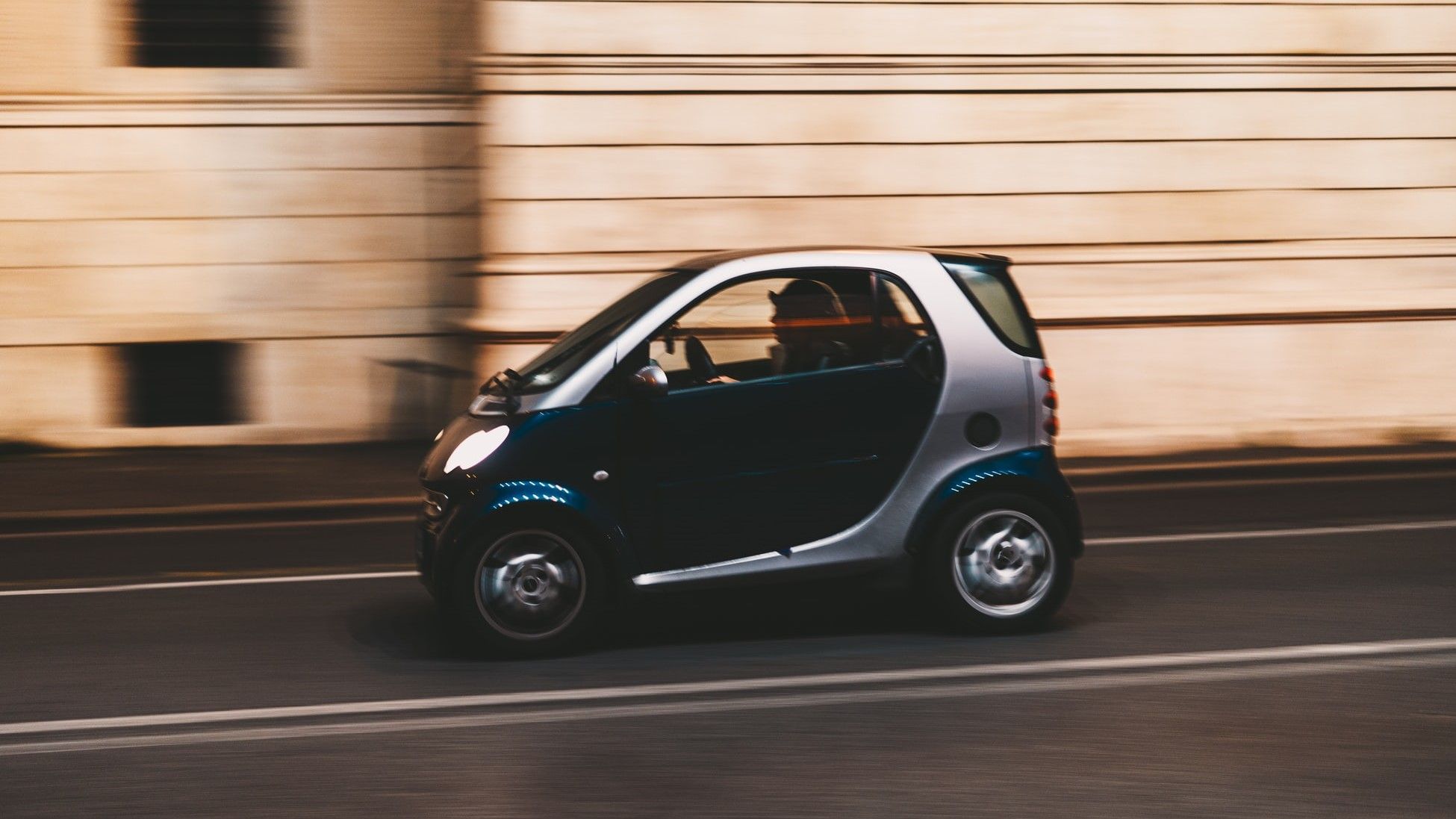
If you want to focus on a moving subject in motion photography, you'll need to move the camera through the duration of the shutter speed—also called panning. Moving the camera with a tripod head will better capture the subject as opposed to handholding it, as the movement will be stabilized and more linear.
5. Better for HDR Photography
High Dynamic Range (HDR) photography consists of at least two of the same shots at multiple exposures that are combined with editing software. This technique is used to balance out compositions with a strong contrast between the light and dark parts.
These shots will need to line up, and by handholding the camera, they won't. You can try your hand at manually lining them up in editing, however, a tripod will save you a lot of time and effort. Thanks to the tripod, the camera's stationary position will allow you to capture the exact same composition with each shot. All you need to do is change the exposure settings in between.
6. Helps With Framing
When handholding a camera, the entire composition lies on your shoulders. When it's mounted to a tripod, it's almost as if the framing of the composition is decided for you. With this main decision out of the way, you can focus on making subtler changes to the angle and position.
7. Use a Tripod as a Stand for Other Equipment
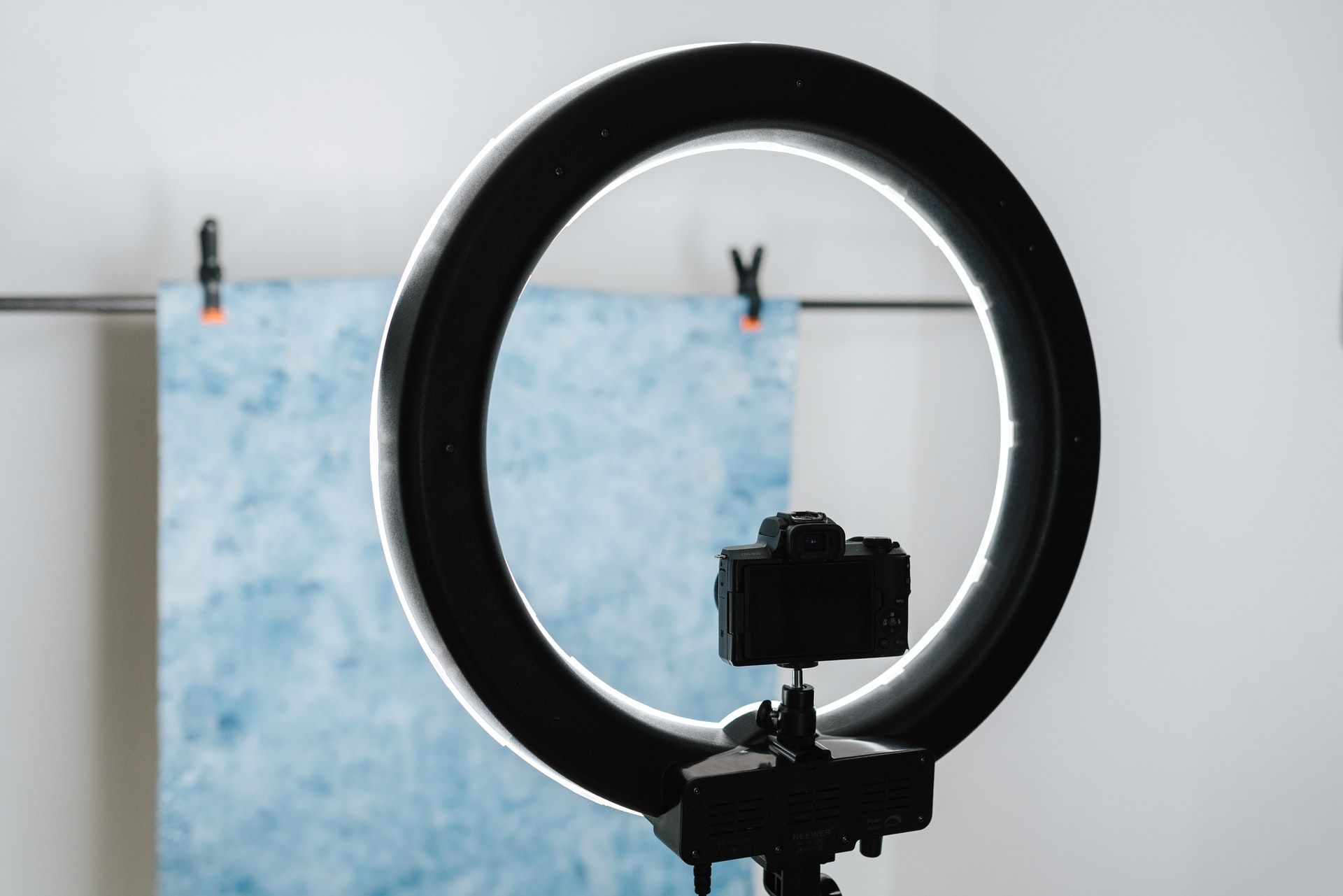
You can use certain tripods as a medium to attach other equipment to, such as a ring light and light reflectors. This can make setting up a photoshoot even more convenient.
Tips for Effectively Using a Tripod
Using a tripod in photography isn't as simple as attaching your camera and shooting away. Here are some things to consider.
Don't Extend the Legs or Center Column Too Much
If you extend the legs or center column too much, it will make the tripod more susceptible to wobbling due to the added height and the weight of the camera on top. Keeping the topmost point of the tripod as close to the ground as possible will result in a more stable center of gravity.
You can also hang something weighty from the middle of the frame that connects the legs to the center column. This will help maintain the center of gravity.
Clear the Path
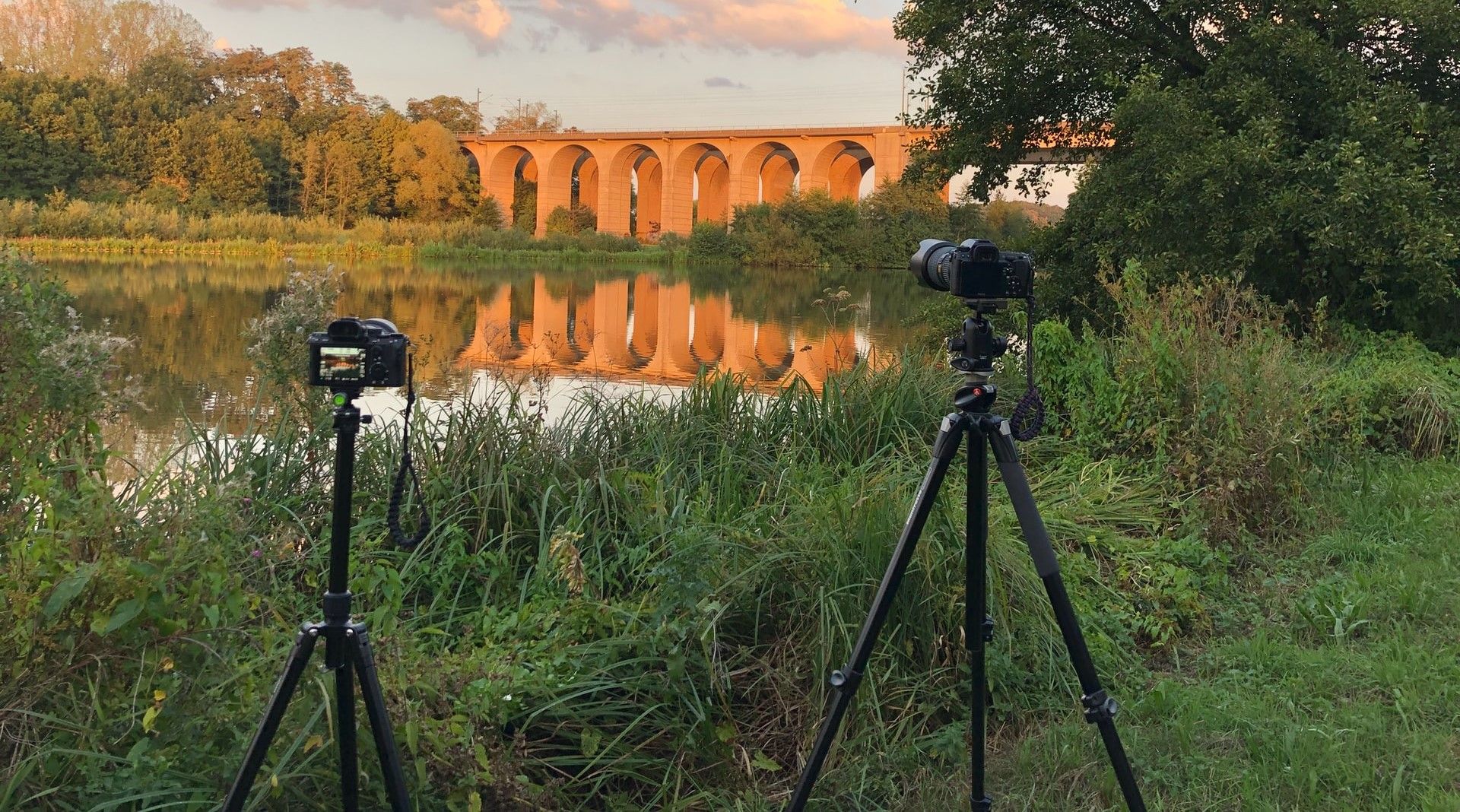
The ground doesn't necessarily have to be level since you can adjust the length of each leg individually. However, things like pebbles and twigs will make the tripod unstable. Clear the area where each foot of the tripod is going to be placed.
Keep Your Camera Centered
The weight of the camera on the tripod's head will make the tripod unstable if it's not centered. If the ground isn't level, adjust the legs to keep the head in the middle.
It's Time to Invest in a Tripod
A stabilized camera will allow you to employ numerous photography techniques and methods that would have otherwise proven difficult. We think it's safe to say that a tripod can make or break the quality of your photographs, so it might be time to invest in one.
0 Comments